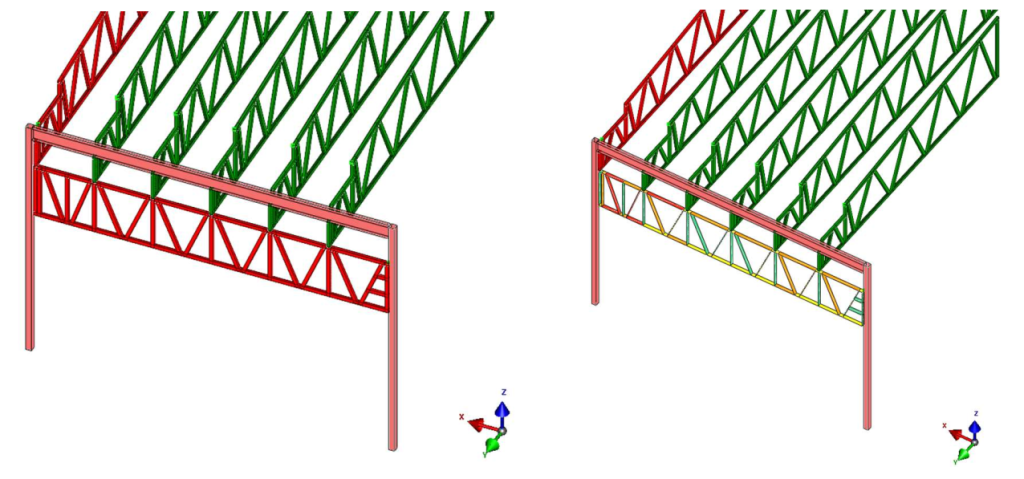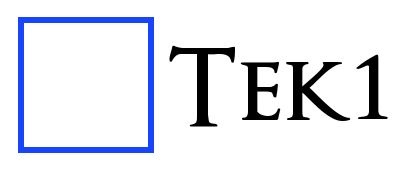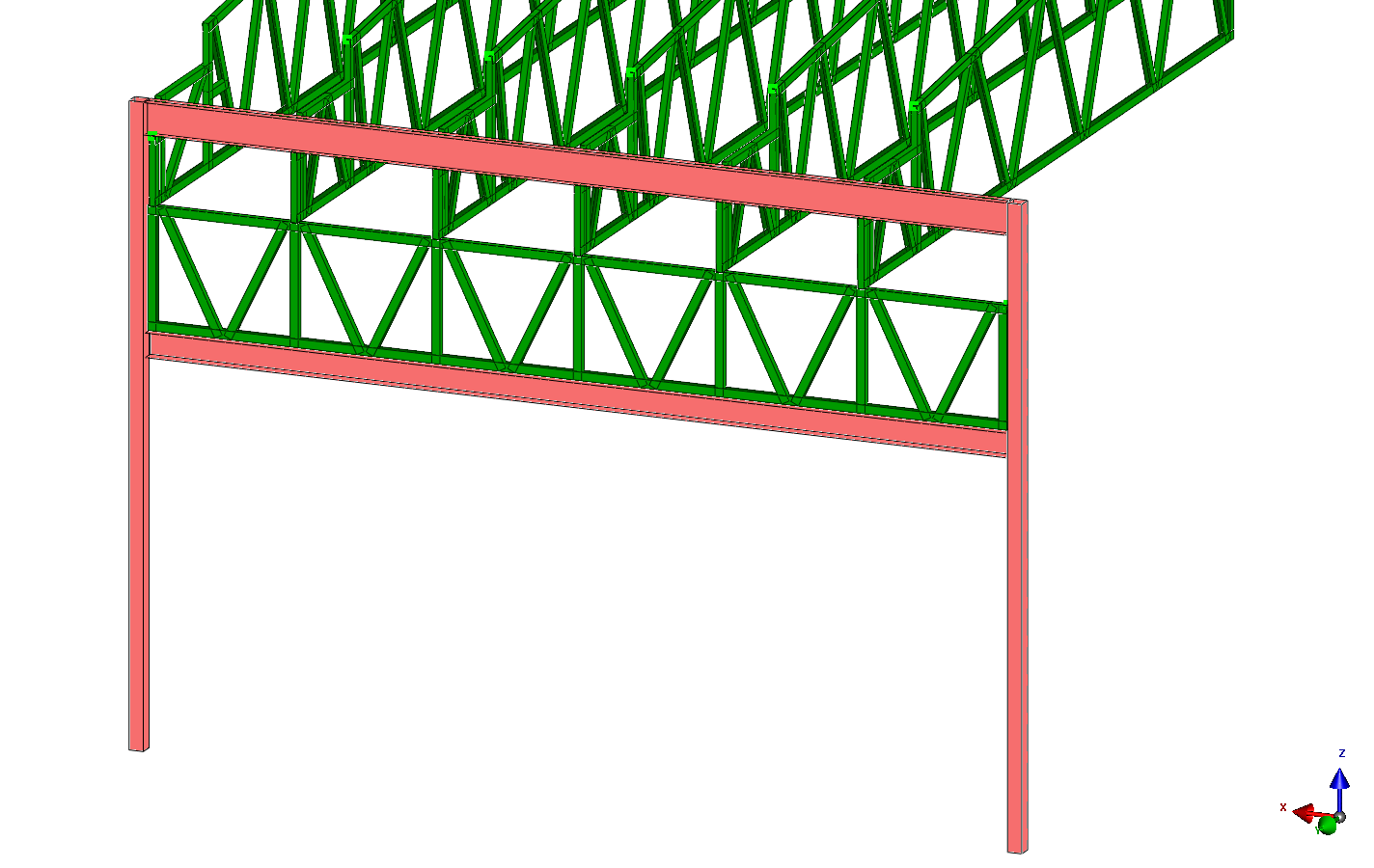Introduction – The Hidden Challenge
Would you choose safety over deadlines if your truss design failed?
On a recent project, I faced this exact situation. What began as a standard detailing exercise turned into a real test of structural limits, client expectations, and project timelines.

1️⃣ The Problem – Missing Structural Member
The original structural drawings didn’t specify any steel member in a critical load path.
👉 So, we designed a 2-inch top hat LGS truss and tested it with truss engineering software.
But this truss had a bigger responsibility: it sat under seven roof trusses, carrying their combined load.
Even after reorienting webs and adding reinforcements, the truss kept failing.

2️⃣ The Risk – Why It Failed
The lightweight section simply wasn’t enough for the load path.
If left uncorrected, this would have caused:
❌ Roof instability
❌ Unsafe installation on site
❌ Expensive rework
3️⃣ The Solution – Switching to a Hot Rolled Steel Beam
Instead of forcing a weak solution, I raised an RFI and proposed using a Hot Rolled Steel Beam.
This solved multiple issues at once:
✅ The truss could sit on the beam
✅ Loads transferred clearly from Roof → Truss → Steel Beam → Columns
✅ The beam doubled as a door opening header

Got Approval from Client

4️⃣The Hidden Cost of Such Situations
Here’s the part nobody talks about:
- The client got a stronger, safer structure — but we absorbed extra costs and faced blame for delay.
- This type of deep analysis and truss engineering wasn’t factored into the initial quote timeline.
- If it was quoted as a 1-week job stretched much longer due to RFIs, redesign, and steel conversion.
5️⃣Lessons for Every Project
This project taught us an important truth:
👉 Sometimes LGS detailing alone cannot solve every load scenario.
👉 Clients must also recognize the value of RFIs, engineering checks, and redesigns to avoid unsafe or delayed outcomes.
For detailers and builders alike, this is a reminder that engineering isn’t just drawing lines — it’s about ensuring real-world performance.
Closing Thoughts
In the end, the client got a zero-compromise roofing system. But the journey reminded us: strong detailing means asking hard questions and proposing better solutions, even when it’s outside the original scope.
If you’ve faced similar detailing dilemmas — where LGS meets its limit — let’s connect. I’d be glad to share how careful coordination can prevent costly site surprises.
— Priyan Gandhi
LGS Detailer, TEK1 Pty Ltd
💬 Have you faced this kind of detailing challenge? Comment below.


Leave a Reply